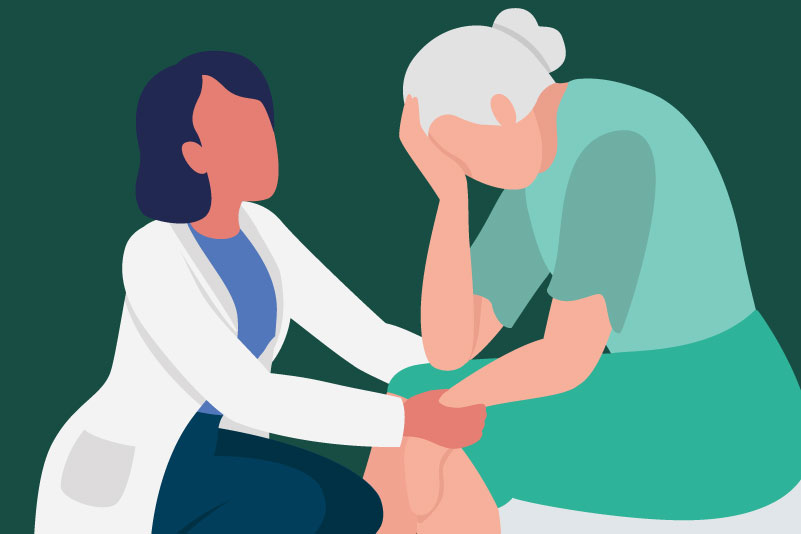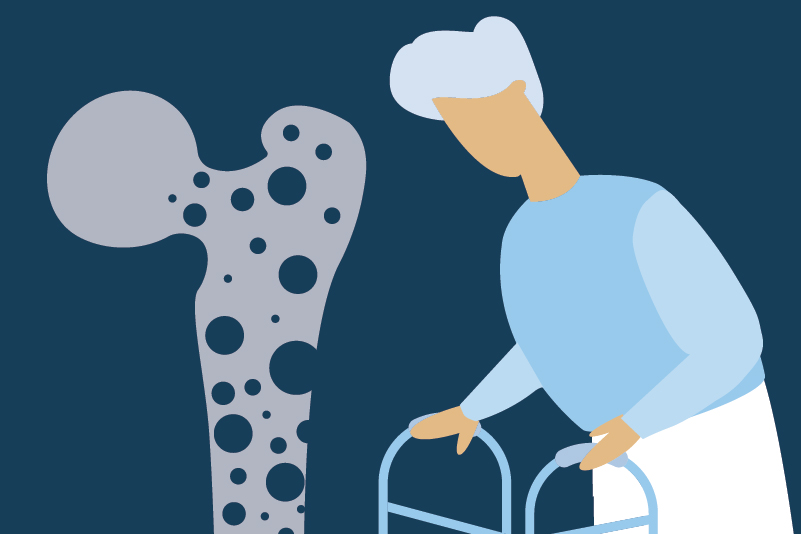#32 Bone Mineral Density – Too much of a good thing?

Reading Tools for Practice Article can earn you MainPro+ Credits
Join NowAlready a CFPCLearn Member? Log in
- 6,459 patients randomized to alendronate or placebo with annual BMD testing for three years.1
- Mean increase in hip BMD of 0.030 g/cm2 in the alendronate group. compared to a mean decrease of 0.012 g/cm2 with placebo.
- Individuals’ BMD readings were more variable than readings between people.
- Alendronate increased BMD 0.013 g/cm2 per year but individuals’ readings varied by a similar amount (0.012 g/cm2, standard deviation).
- Alendronate resulted in “sufficient” (≥0.019 g/cm2) increases in hip BMD for 97.5% of patients after three years.
- Fracture Intervention Trial also demonstrated that women who took alendronate with decreased BMD2 still had a reduction in fracture risk.
- Dual-energy x-ray absorptiometry BMD measurement precision has important limitations.
- 535 patients scanned twice over 2-4 weeks demonstrated variability at the hip of 2.4% (trochanter) to 5% (Ward’s triangle).3
- Precision of measurements decline with decreasing BMD.4
- Canadian 2010 clinical practice guidelines recommend repeating BMD 1-3 years after initiating therapy5
- However, average rate of bone loss in postmenopausal women is 0.5-2% per year while most treatments increased BMD of 1-6% over three years.6
- Given these very small changes, only a very precise test will detect short-term changes.
- BMD readings are too imprecise to reliably discern annual small changes on therapy.
- Most follow-up BMD measurements while on bisphosphonate do not result in treatment changes, even when there is a significant decrease in BMD.7






